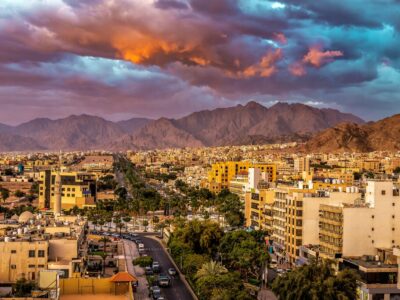
Jordan is a year-round destination, but there are seasonal weather variations that travelers should be aware of. Spring and fall have the most predictable, pleasant temperatures and are therefore peak travel seasons. Winter tends to be rainy and unpredictable - it even snows in some places. Summer brings hot temperatures, but longer daylight hours allow travelers to use cooler early morning hours to explore Jordan's world-class sights.
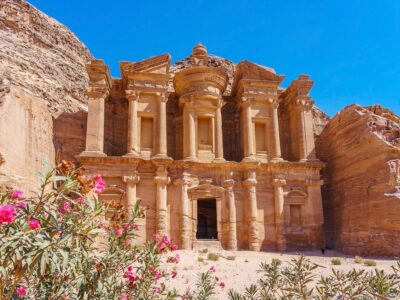
The hot, dry summer has arrived. Daily temperatures will continue to rise into August, the hottest (and very hot!) month, so June is a great time to visit Jordan’s most popular attraction before the broiling heat of mid-summer. By now, the gorgeous colors begin to get bleached out of the landscape by the hazy light. But you’ll be able to explore Petra in solitude.
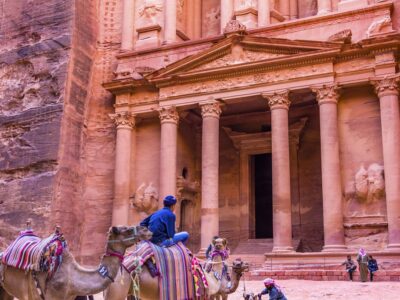
While most people visiting Jordan are familiar with Petra, there's much more in Jordan to see and do—from hiking oak forests in the north to enjoying a sunset dinner at a rooftop restaurant in Amman to snorkeling in the Red Sea in the south. Traveling to a new destination raises a lot of questions. Here are some answers to help you properly prepare for your Jordan journey.
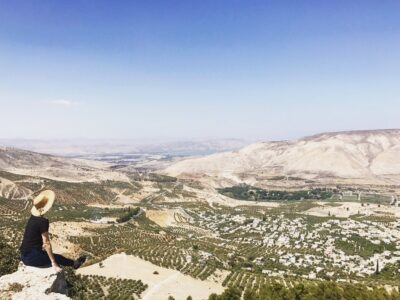
Jordan's varied terrains, ancient ruins, and lunar-like landscapes are a hiker's heaven. From oak forests in the north, to warm water wadis near the Dead Sea and secret trails to the Lost City of Petra, here are five of the best trekking treasures to discover on your Jordan journey.
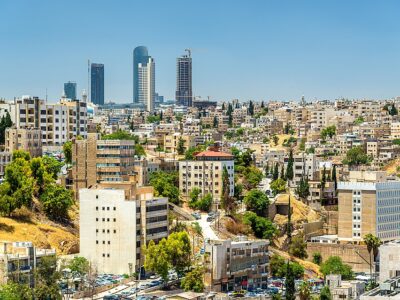
Hospitality and family are key components of Jordanian culture—so it should come as no surprise that families traveling in Amman experience a warm welcome. Looking for ways to enjoy the city with your loved ones? Here are a few of the many fun, family-friendly adventures available in Jordan’s capital city.

There are plenty of typical hotels in Jordan, but this destination also offers a plethora of unique, experiential lodging options that you won't find anywhere else. From local homestays with Jordanian families to a certified ecolodge on the edge of the Dana Biosphere, these incredible alternatives throughout the country will make you rethink your usual travel routine.
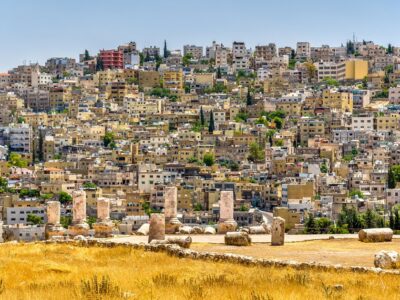
The hot, dry summer has arrived. Daily temperatures will continue to rise into August, the hottest (and very hot!) month. So, if you must travel in summer, June is the best option. Plus, you’ll be able to explore the most popular sights in relative solitude. But the spring wildflowers have faded, and colors get bleached out of the landscape by the hazy light.
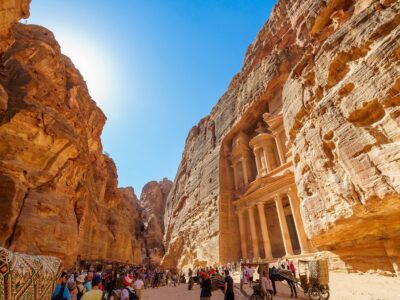
November marks the arrival of winter, with relatively high-elevation Petra now distinctly chilly, especially at night. The rainy season also begins at the end of November and continues through March, although chances of it raining on any given day are still slim. But the "Pink City" still holds plenty of charms, with great hiking to keep you warm, and a last chance to hike certain routes before increasing rains make them off-limits.

In a buzzing city built on hills, you’ll need a good caffeine kick to keep you well-fueled for exploring. Lucky for you, Amman’s café culture is alive and well. This list will lead you to some of the best spots in Jordan’s capital city to tip back a tasty cup of coffee—with epic views, free wifi, and more.
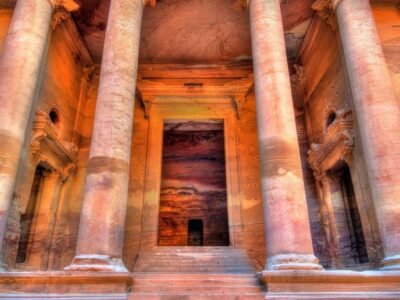
The short-lived autumn arrives in September—a lovely time to visit Petra as temperatures fall, rain remains totally absent, and you can still take advantage of off-season prices. The end of the month is especially kind for hikers, with neither too hot nor too cold Goldilocks temperatures. But visitors numbers begin to surge.
